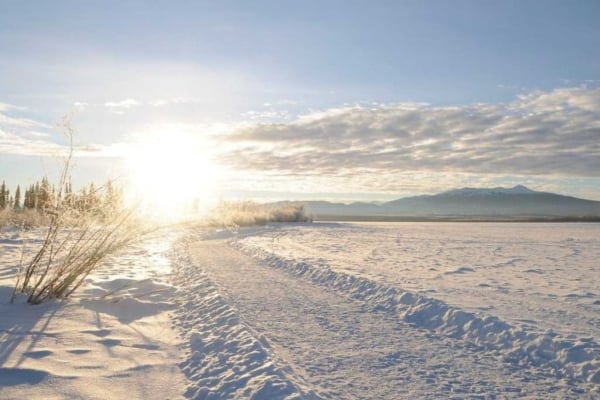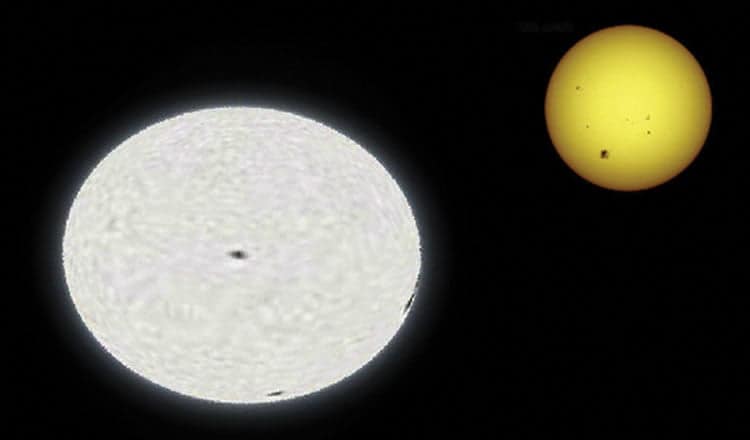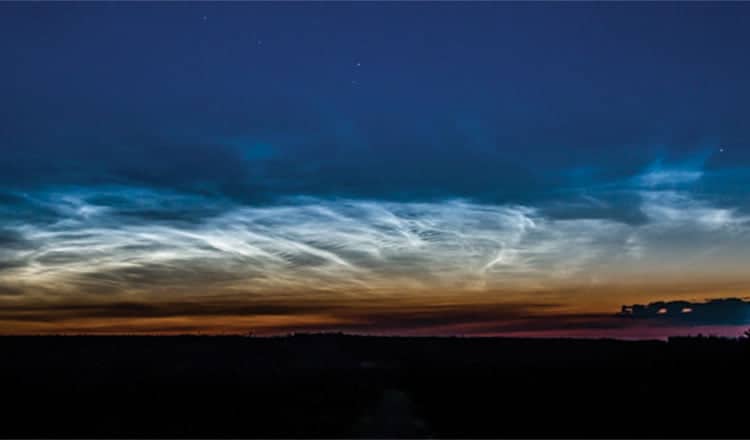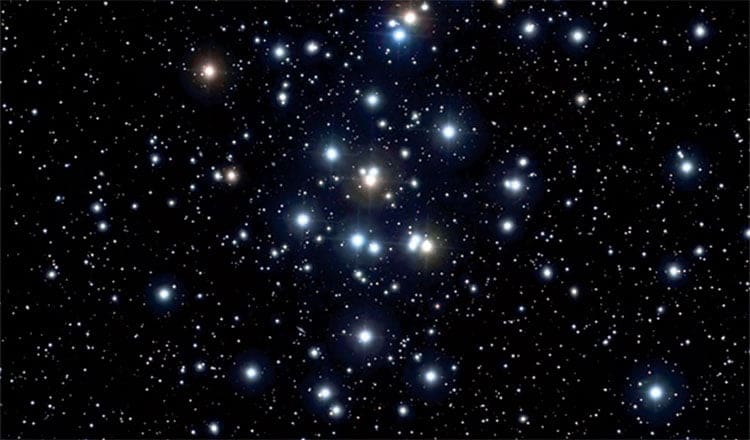Cygnus, the flying swan, is a very important constellation to amateur astronomers that live in this magical northern land of ours.
Also referred to as the Northern Cross, this constellation is easily recognizable directly overhead by its distinct cross-like shape. This is the best time of year for viewing Cygnus, and all of its hidden treasures.
The point star is called Deneb, the brightest star in the constellation, and is the first star usually visible in the sky as summer turns to fall … a reminder to those who live in the North that soon it will be time for exploring the vast Yukon Night Sky.
It always brings a smile to my face, kind of like seeing an old friend.
Deneb is also part of the Summer Triangle, a group of three stars consisting of Deneb, the point star in the constellation of Cygnus, the bright star Vega, in the constellation if Lyra, and the bright star Altair, in the constellation of Aquila.
The Summer Triangle is a cosmic guidepost or compass, which helps amateur astronomers quickly locate other constellations.
These reasons alone make the brilliant star Deneb an important star to become familiar with.
Now comes the real bonus: this region of space is just loaded with cosmic jewels and gems. Binoculars and telescopes of all sizes always present views that always are a delight to the unaided eye.
Usually I like to start with binoculars and do a wide field scan of the entire constellation, starting at the bright star Deneb and then following a basically straight line all the way to the last star, Albireo.
This star is actually a double star with a beautiful azure blue and a very bright yellow companion. Even in binoculars the colours are easily seen and, yes, the larger the telescope the more impressive the view.
With the summer Milky Way crossing through Cygnus, one finds themselves chasing endless chains of stars and star clusters that appear as jewels in the night sky.
Highlights of this region of space include the North American Nebula. So huge is this nebula that its apparent size is nearly four times that of the full moon.
Being so large you would think it would be easily seen, but this cosmic jewel is very faint, making it a very challenging object to observe. It is much easier to locate with the unaided eye than in telescopes or binoculars. You will also need very dark skies for viewing this cosmic delight.
People often ask, “What is the coolest thing that you have seen lately?” Here is my story:
One night in early October, while trolling for little green fuzzies, otherwise known as galaxies, I took a break, had a coffee and relaxed. The deep sky observing session was about over, with the moon rising above the horizon.
Just for fun, I thought that I would do a little lunar observing. With the half moon just climbing above Grey Mountain, the view was wonderful with all the treetops and the mountainside clearly visible.
Suddenly a flock of swans flew by, right across the eyepiece. The silhouetted image of the swans only lasted a brief few seconds but was most memorable. I have had airplanes and satellites do this before, but not a flock of swans. It was a bit disappointing I did not have time to take a picture; it was, after all, the perfect setting.
As for planetary action in the night sky, we have Jupiter low in south-western evening sky and right below is brilliant Venus, very low on the horizon.
Saturn is up in the early morning hours, located in the constellation of Leo. You may be surprised by how hard you have to look because the rings are nearly edge on so there is a lot less reflected light, making Saturn far less bright, but still fascinating through a telescope.
Night sky observing has finally begun, so grab the latest Sky News Magazine, your favourite binoculars, and take a tour of Cygnus, the Swan.
Clear Skies, from James “Deep Sky” Cackette.
High Lights
Nov. 2 Daylight saving time ends at 2 a.m.
Nov. 3 Jupiter and the Moon make a nice pairing in the evening sky.
Nov. 5 First quarter Moon.
Nov. 13 Full Moon.
Nov. 17 Leonid Meteor Shower, washed out again by moonlight.
Nov. 19 Last quarter Moon.
Nov. 27 New Moon.
Nov. 30 Venus and Jupiter make a nice pairing in the early evening sky.
James “Deep Sky” Cackette can be reached at [email protected]. See his photo adventures on Facebook at Yukon Night Skies.




